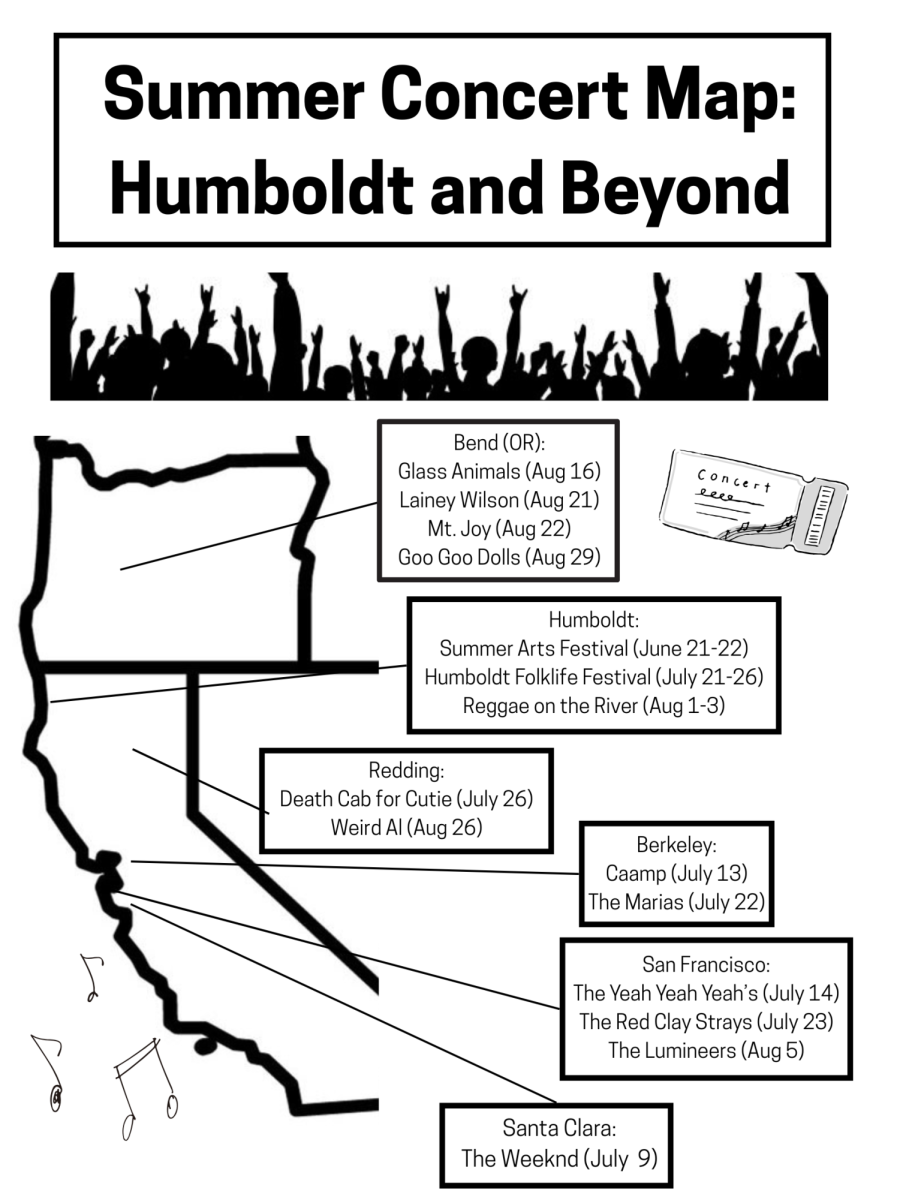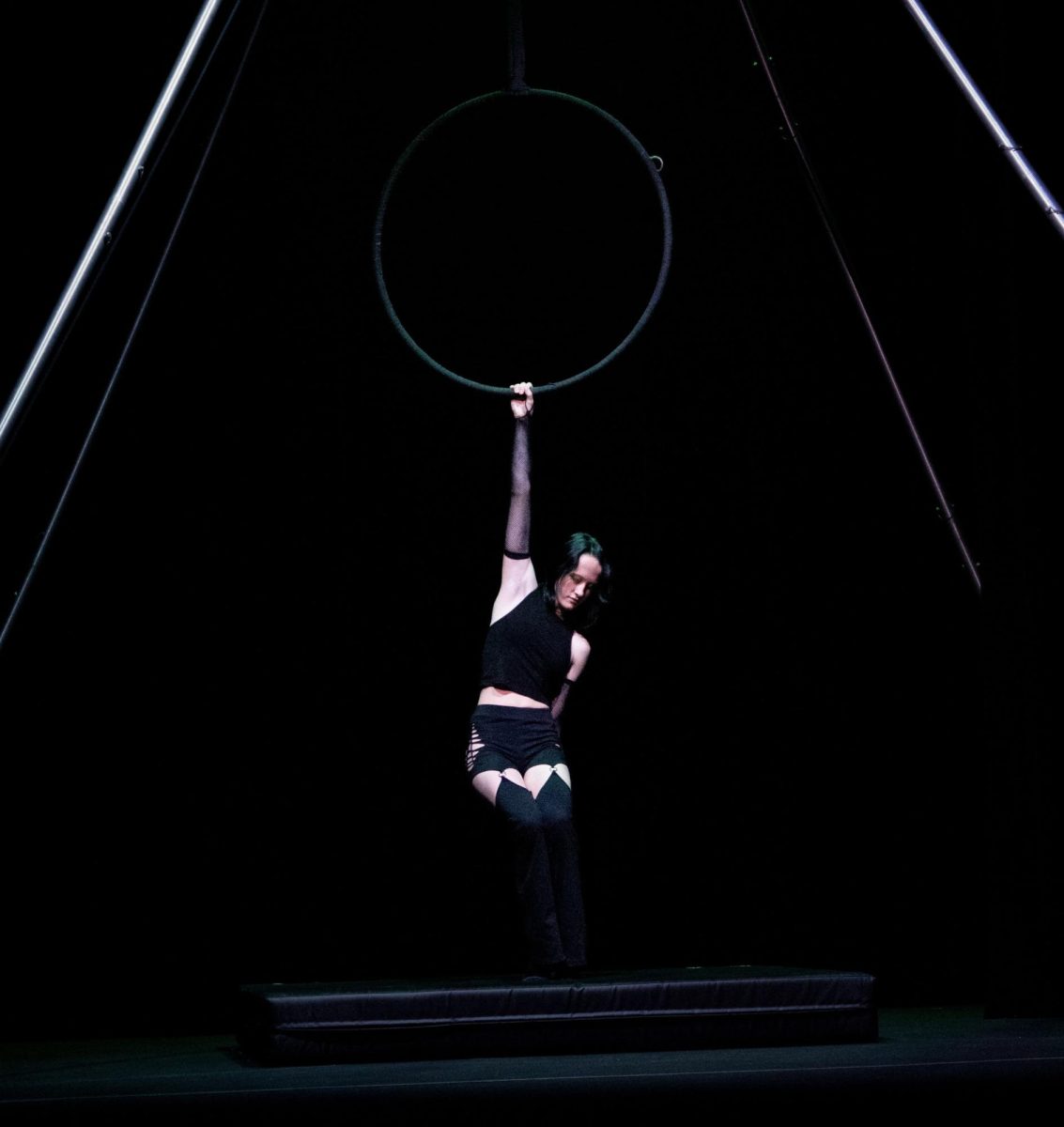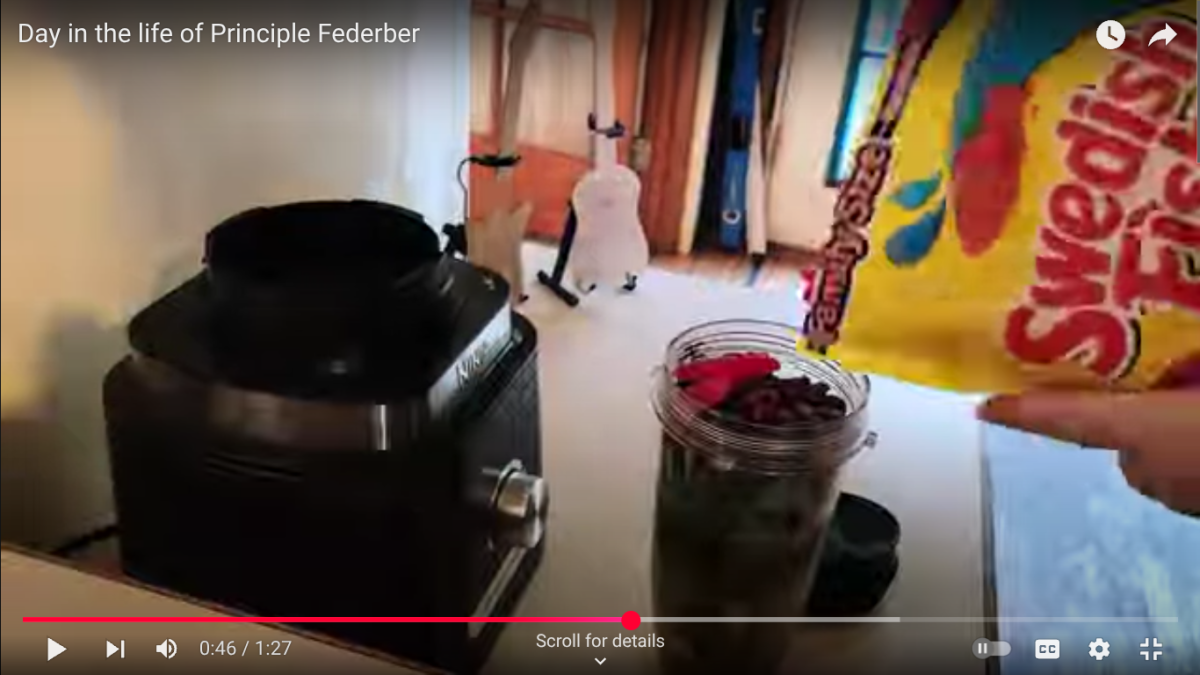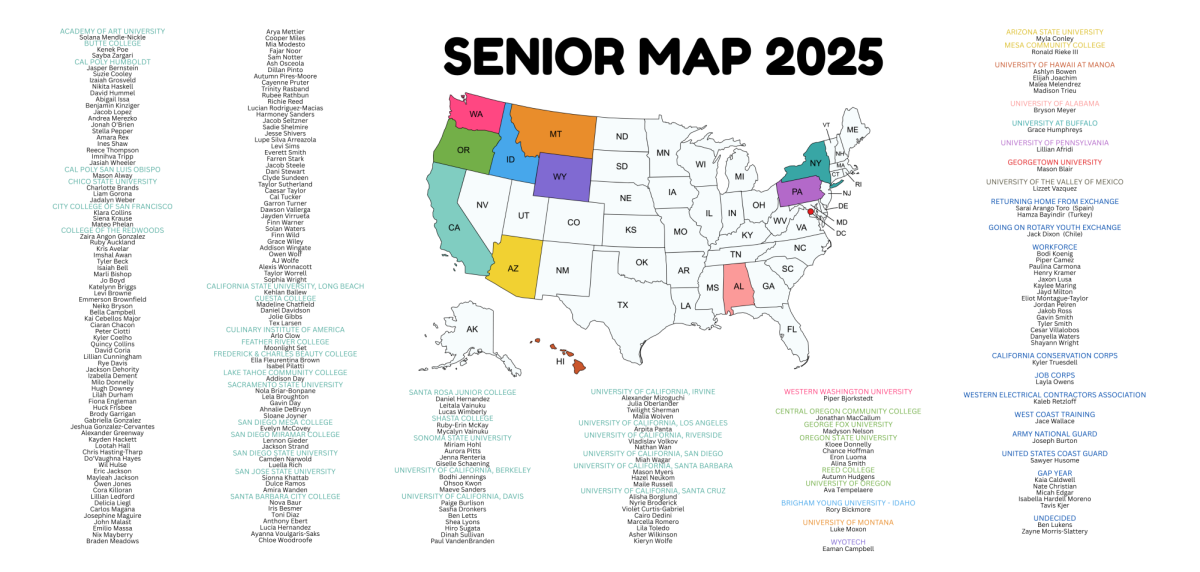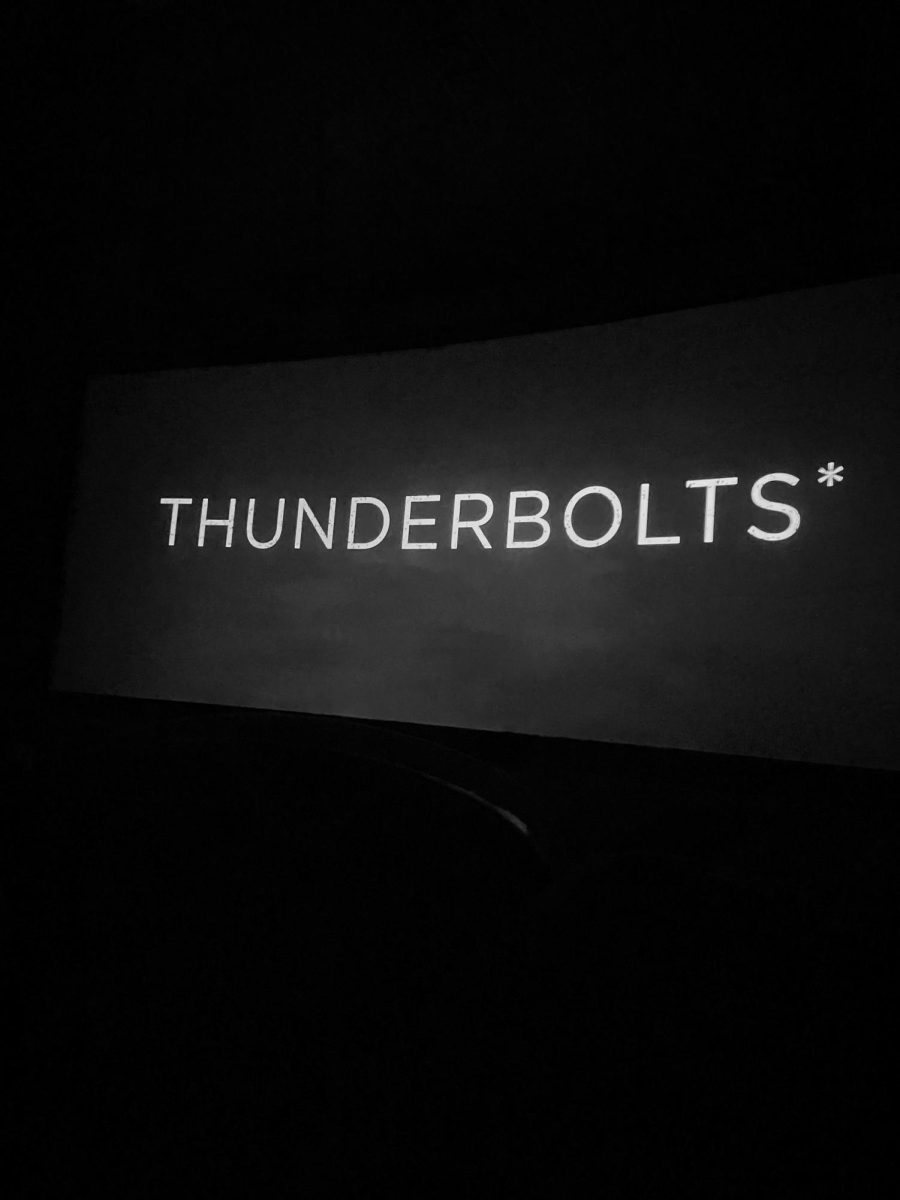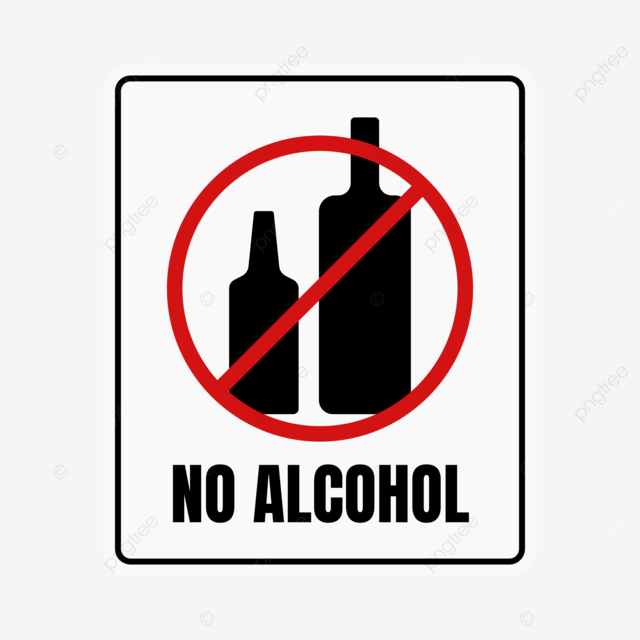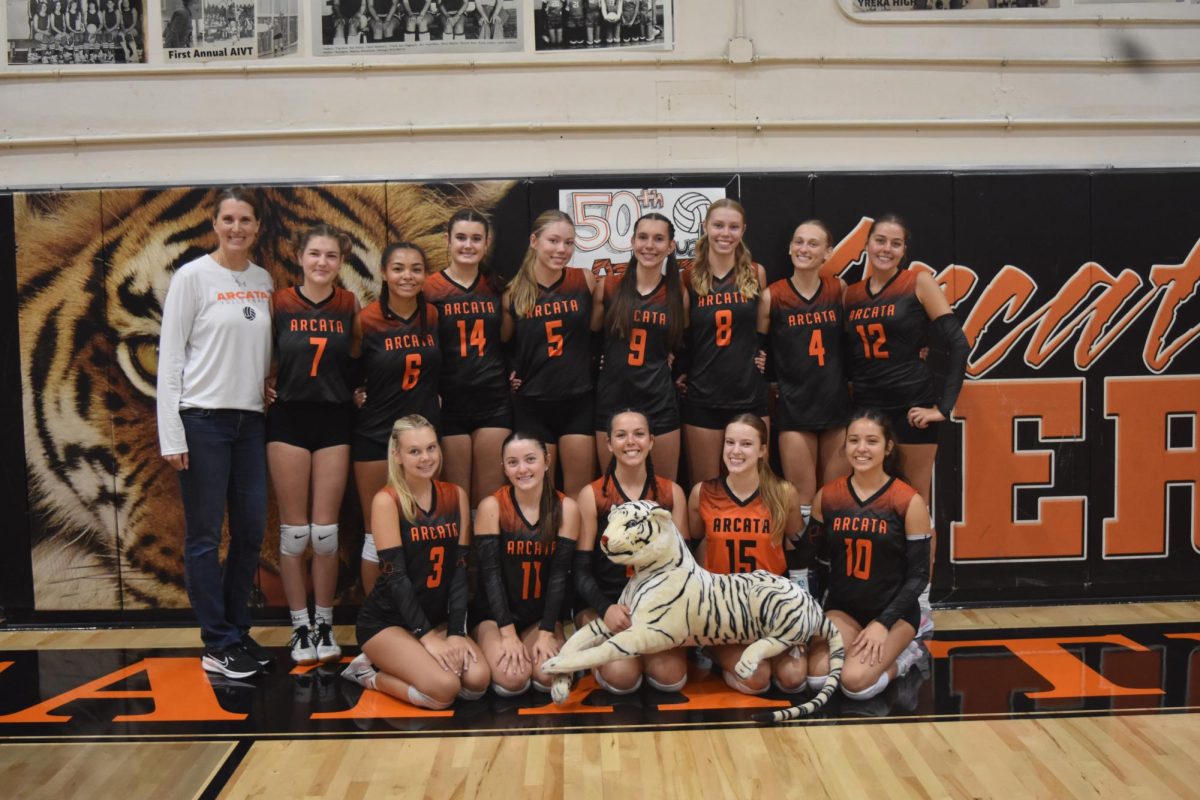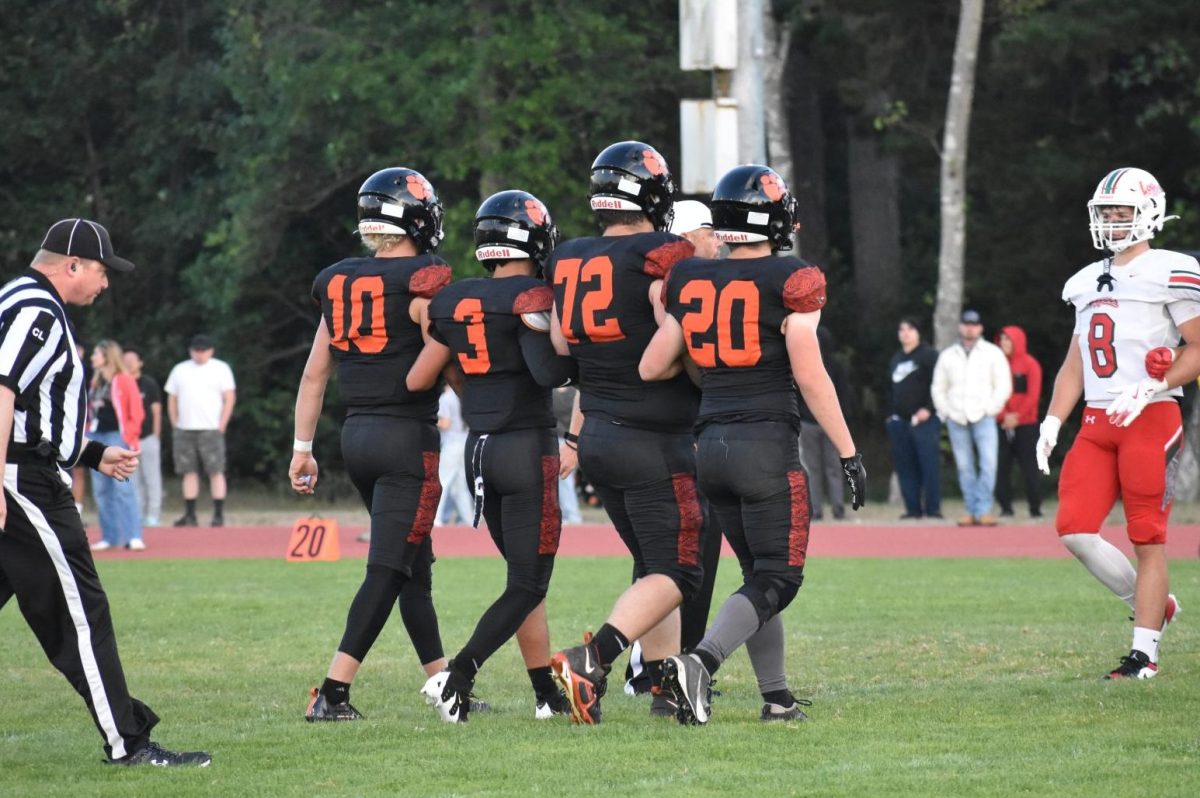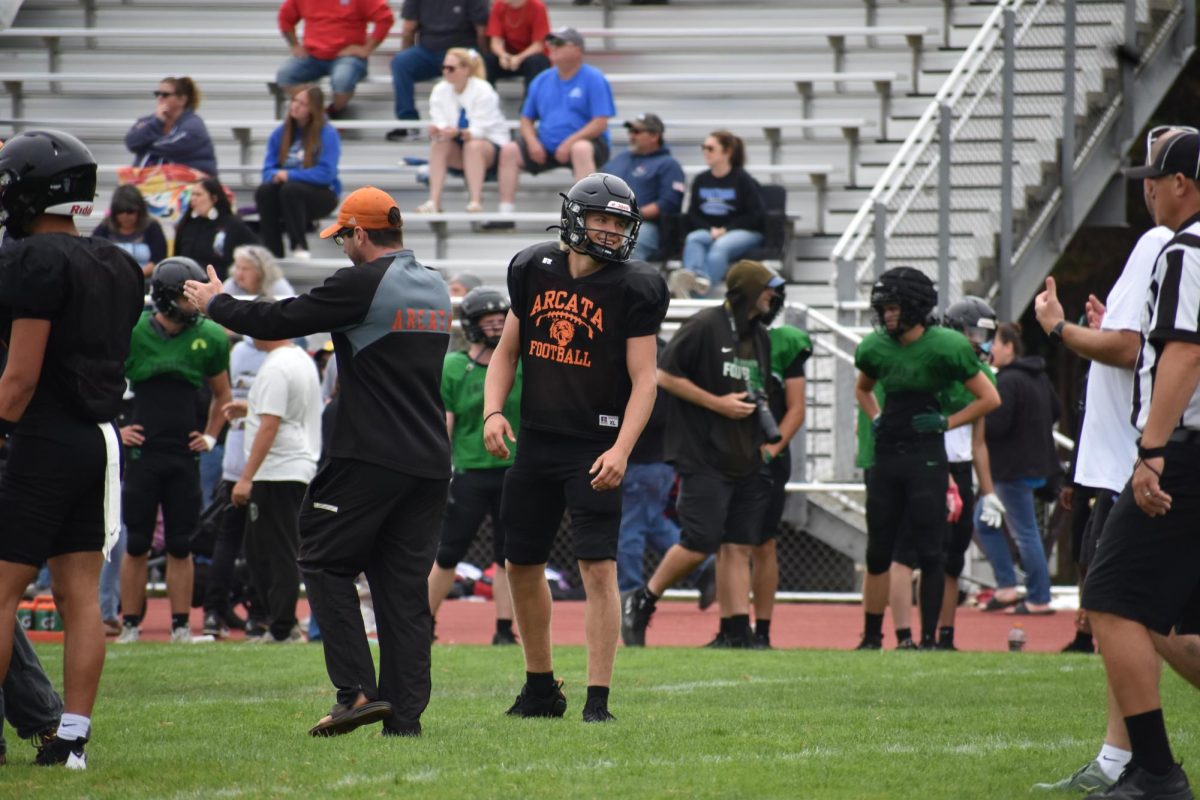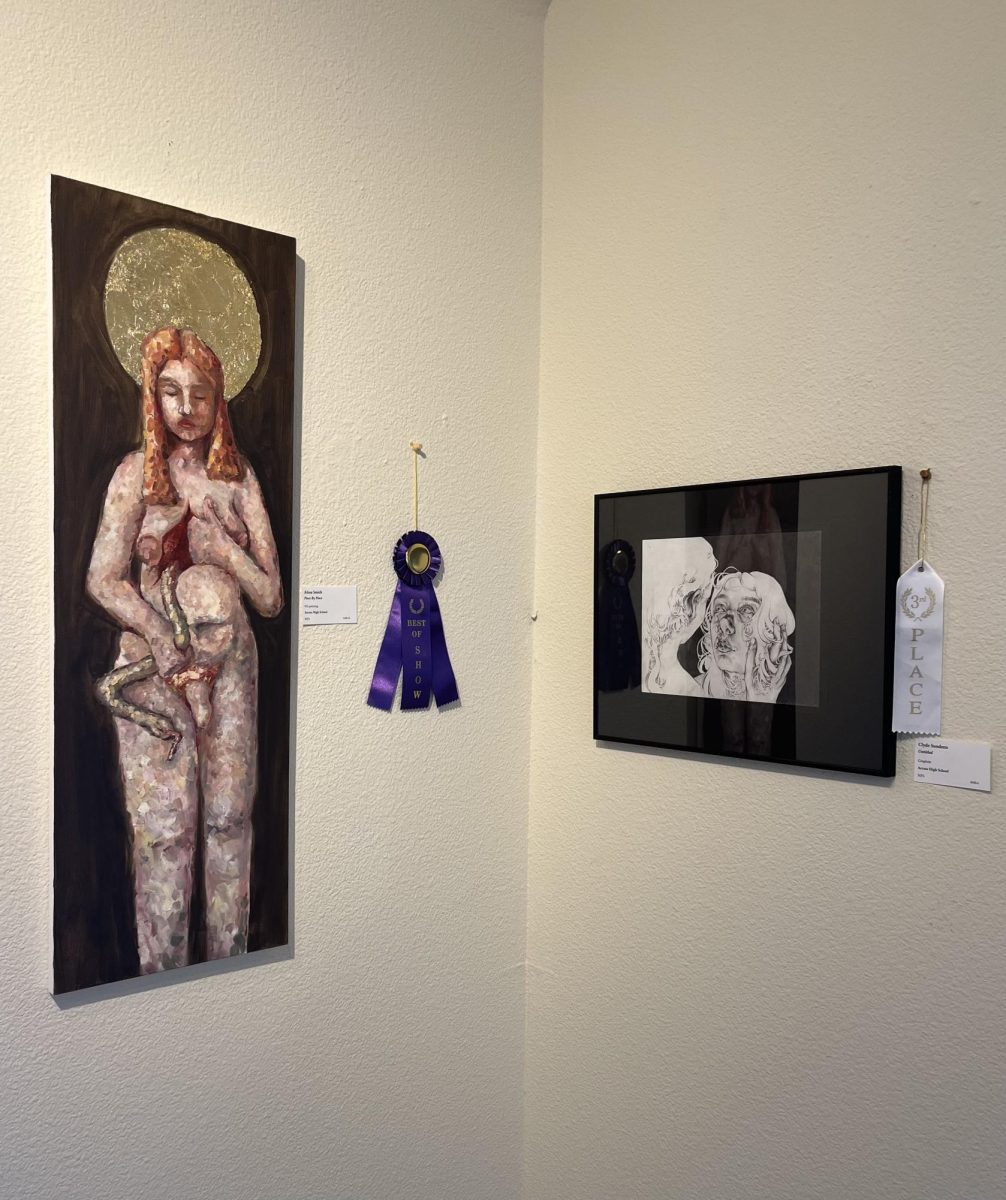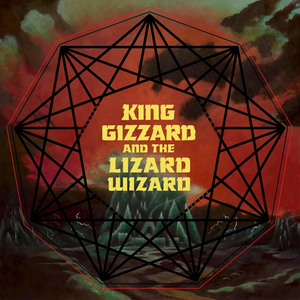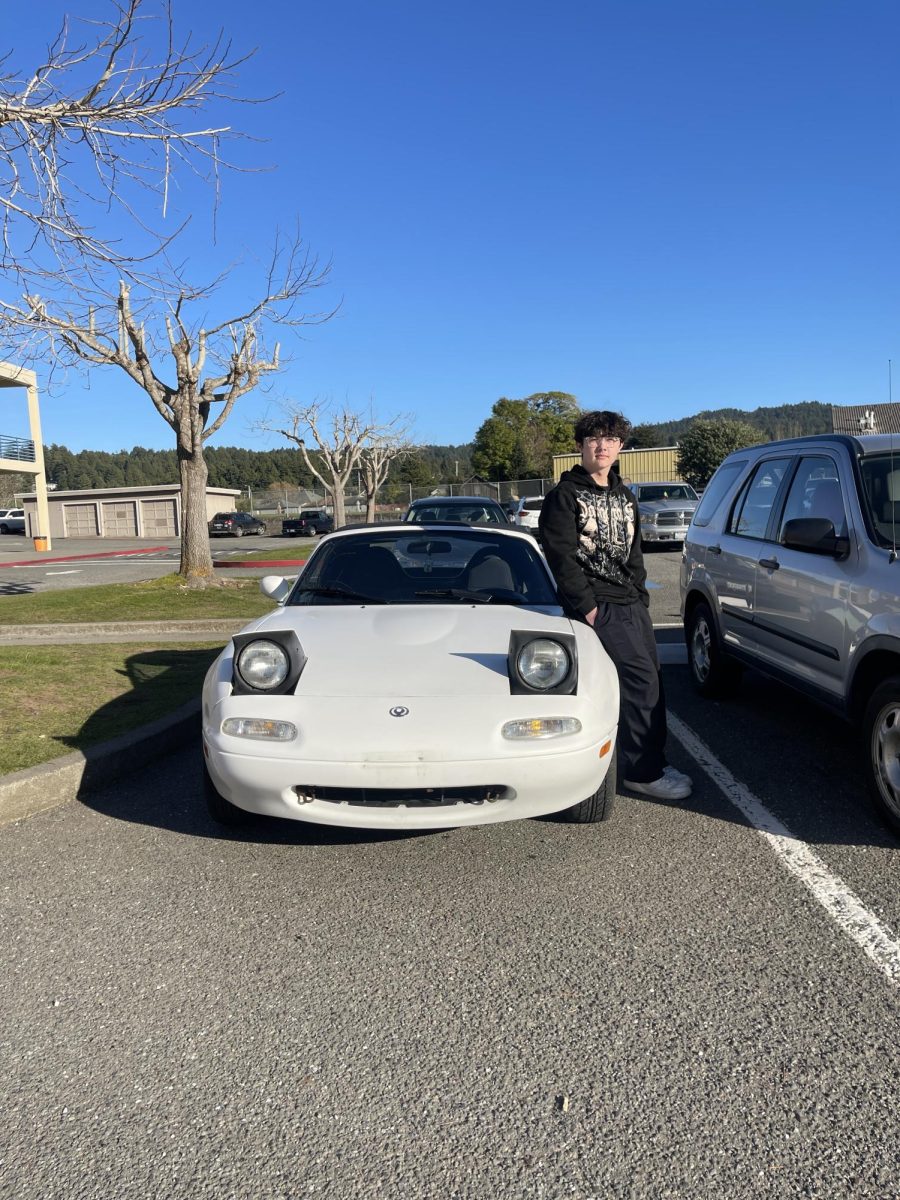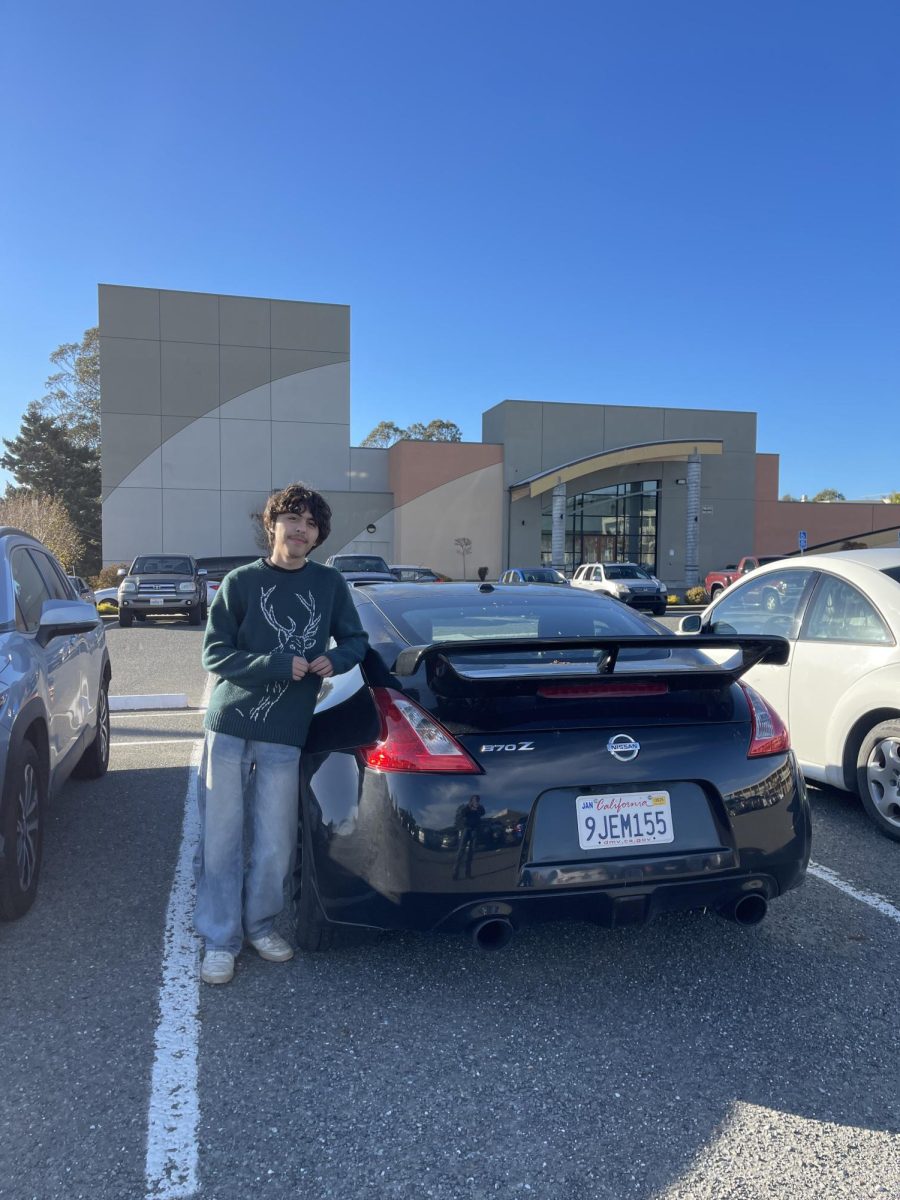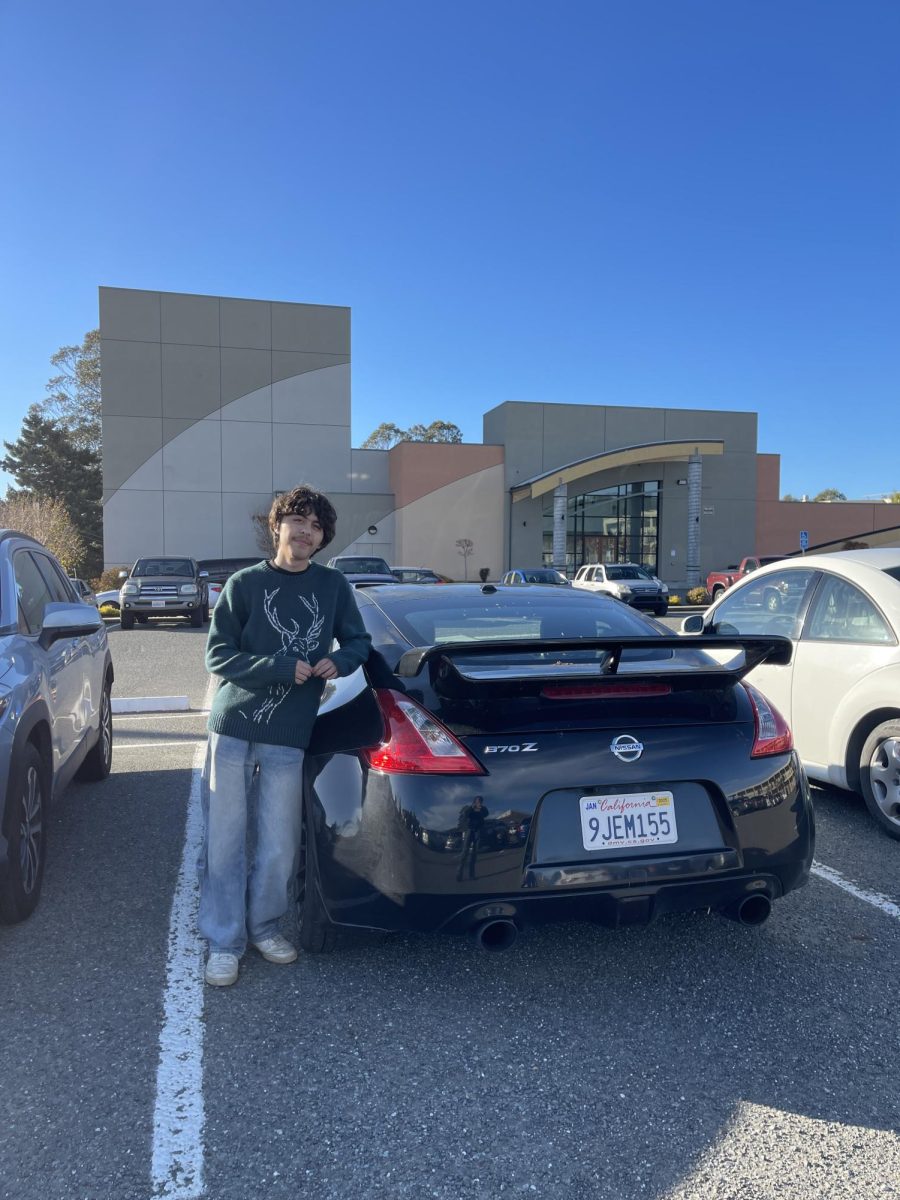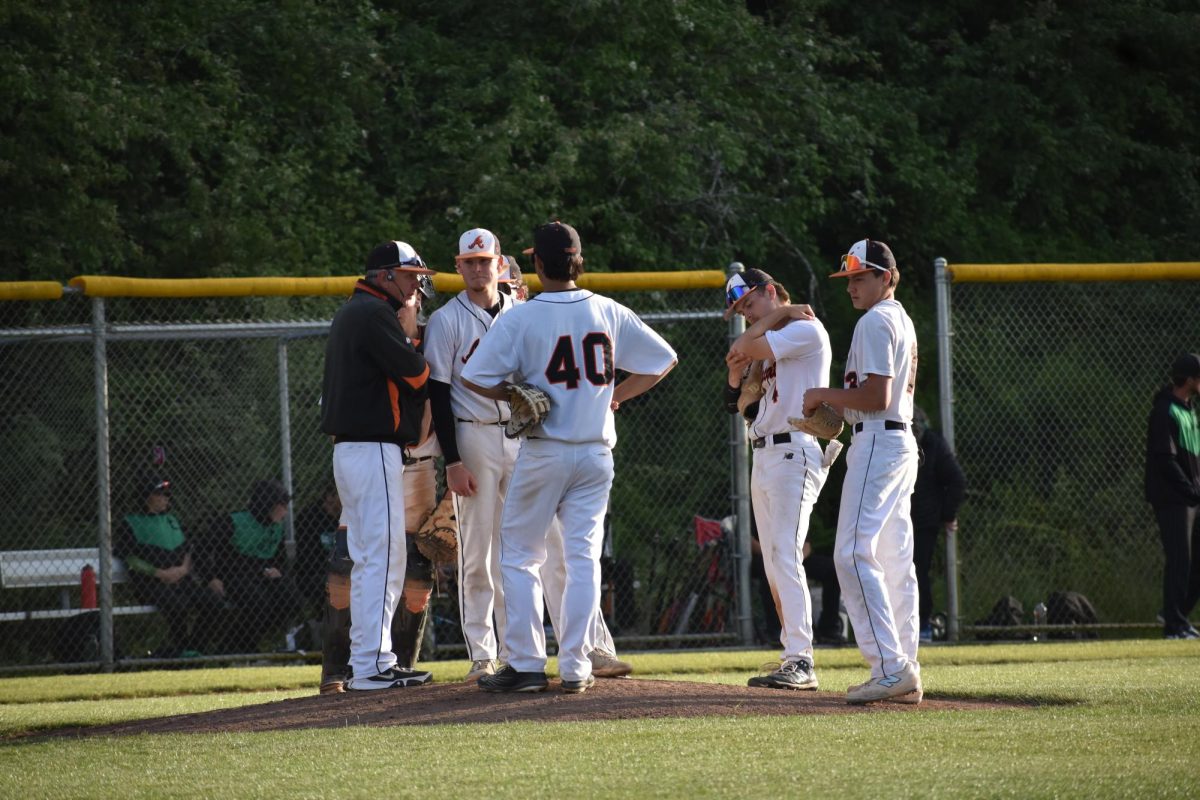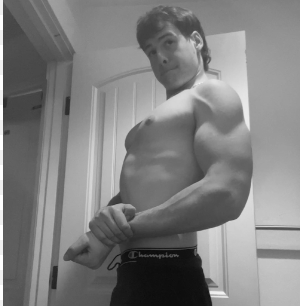The film “Love Actually” stands as a monolith of holiday madness. It is entirely unlike any other film created. It is a deeply pathological movie with incredibly powerful iconography and a childishly-apolitical ideology embracing holiday cheer and promoting a misguided idea of love.
Setting the plot for romance films during the holidays is an old trope but an entirely understandable one. Greater Western society understands this time of the year to be one of cheer and merry but at once a time of crippling loneliness. It is all of the most thoughtless and saccharine aspects of our society compressed into the final two months of the year, the two months where the world around us dies and rots away, giving way to entropic oblivion. Any holiday film, despite its actual intent, has to deal with the inherently paradoxical nature of the season, the dichotomy of the world around us dying, and the societal ideal of merriment
“Love Actually” is the embodiment of the holiday’s juxtaposition between ideal and truth. If you haven’t seen the film, which you should immediately amend, the plotline is made up of small stories of romance during the holidays. All of the stories have vague connections ranging from overlapping characters to them simply all being in the same locations. Some of the stories are both interesting and entertaining. Emma Thompson’s character coming to grips with her husband’s affair comes to mind as a particularly strong example of writing and acting. However, other plot points leave much to be desired. For instance Kris Marshall, played by Colin Frissell, quest to find a woman in America is some of the worst writing and acting I have ever seen. The quality and tone of the story are so entirely uneven it creates this sort of feeling of mad euphoria. When scenes jump from a woman attempting to cope with the implosion of her marriage to the prime minister kissing his secretary on stage at a school play, it becomes difficult to take any of the stories seriously.
The film understands the power of rom-coms as a genre, the power of large actions and quippy characters, and the willingness to martyr oneself in an effort to love. The film formulates its collection of smaller stories to be constantly bombarding the viewer with these tropes. Rare is it, for 10 minutes to pass in the film without it attempting to exploit the viewer’s emotions. The film is almost the perfect depiction of the paradoxical nature of the season. Each plotline, with its own individual cast and tone, moves much too quickly to actually develop anything leaving the viewer with a myriad of shallow stories. As an after-effect, the film is constructed from a myriad of tonally distant and half-baked stories.
You hear a lot about the idea of “movie magic” when reading movie reviews. The term is most often in reference to the Spielberg-esque family movie, or the intense, serious, artsy drama. I feel strongly that rom-coms, particularly “Love Actually,” embody movie magic just as much as those sorts of films. The creators clearly understand the use of the medium of film and its language to create intense emotional appeals. Whether it be the scene in which Andrew Lincoln, with his paper signs, at the door or Thomas Brodie-Sangster running from airport security to tell Oliva Olson that he loves her, these singular scenes are packed with more movie magic than the entirety of Scorcese’s “Hugo; which is a film whose entire purpose is to sell movie magic to kids.
“Love Actually” may be childish, painfully heteronormative, badly written, and poorly aged, but director and writer Richard Currits inarguably understands cinematic language in a way that most other filmmakers never will. He communicates at once the mad overly-sentimental ideal of the holidays and love within a story structure that conveys the actual experience of living through the holiday season.

